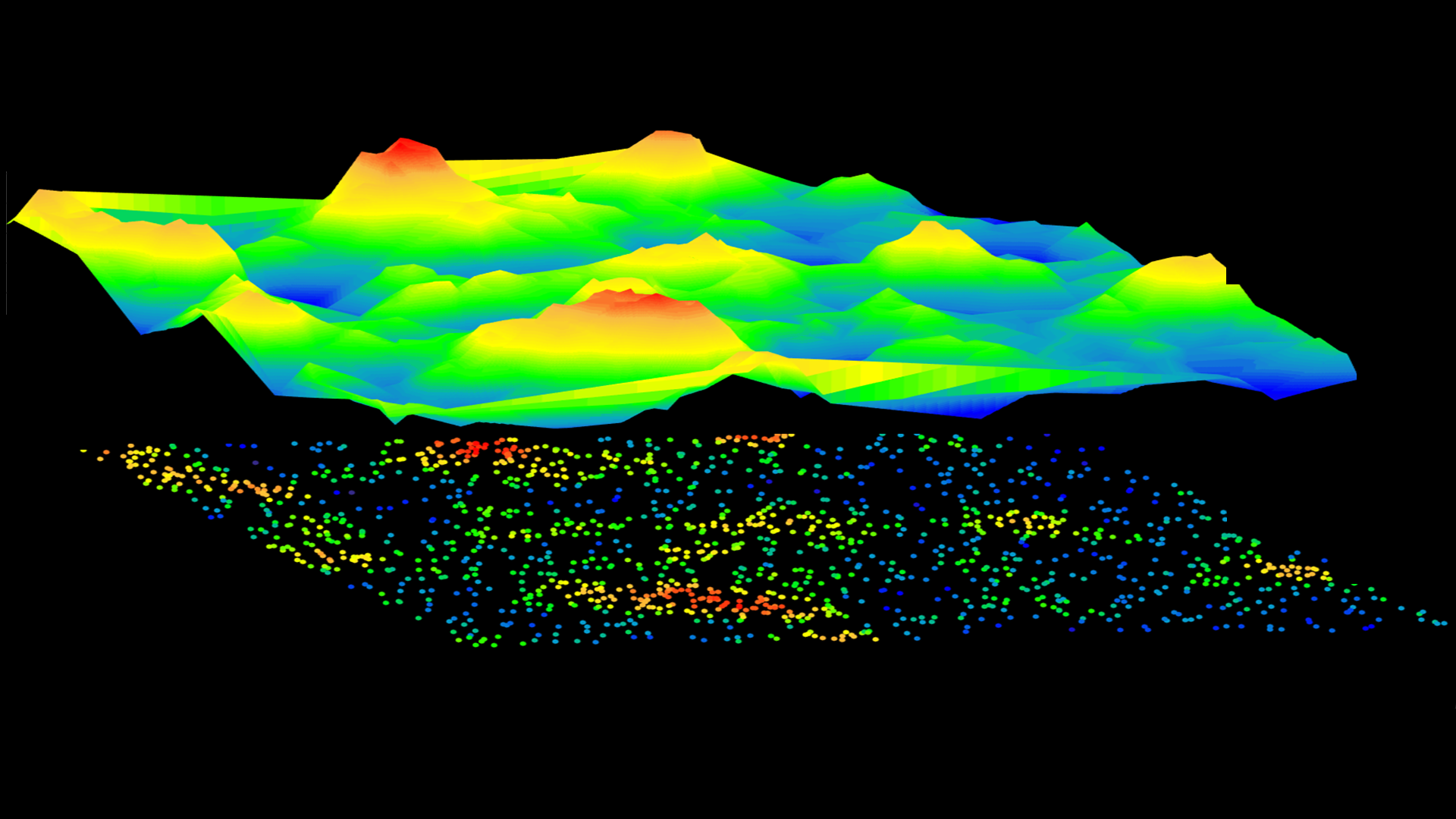Organized by: Juliette Griffié (EPFL), Daniel Nieves (University of Birmingham), Dylan Owen (University of Birmingham), Daniel Sage (EPFL)
Cluster Analysis Benchmarking
To method developers: A recent paper [1] published by D.J Nieves & D.M. Owen et al provides the tools for standardized benchmarking of state of the art and novel cluster analysis methods. In the context of SMLMS, we offer the opportunity to compare your method using both these data sets and metrics. You will find them below.
The data consists of spatial points pattern in the absence or presence of multiple blinking. For more information, join us on Slack.
Please, send us the results and metrics by August 23rd to be taken into consideration for the dedicated talk on benchmarking during the conference.
[1] A framework for evaluating the performance of SMLM cluster analysis algorithms”, biorxiv, 2021. https://doi.org/10.1101/2021.06.19.449098
Program of the Special Session
Tuesday August 31
9:30 Dan J. Nieves
A framework for evaluating the performance of SMLM cluster analysis algorithms
10:00 Mehrsa Pourya
A Hierarchical Graph-Based Method for Single-Molecule Localization Microscopy Clustering
10:15 Y. L. Wu
Quantitative Modelling of Super-resolved Structures in Localization Data
10:30 Coffee Break
11:00 Ismail Khater
SuperResNET: a GUI software package for single molecule localization microscopy cluster analysis
11:15 Matthew D. Lycas
Nanoscopic dopamine transporter distribution and conformation are inversely regulated by excitatory drive and D2-autoreceptor activity
11:30 Jesse Goyette
K-Neighbourhood Analysis: A method for investigating local organisation
11:45 Wrap-up, Q&A sessions
